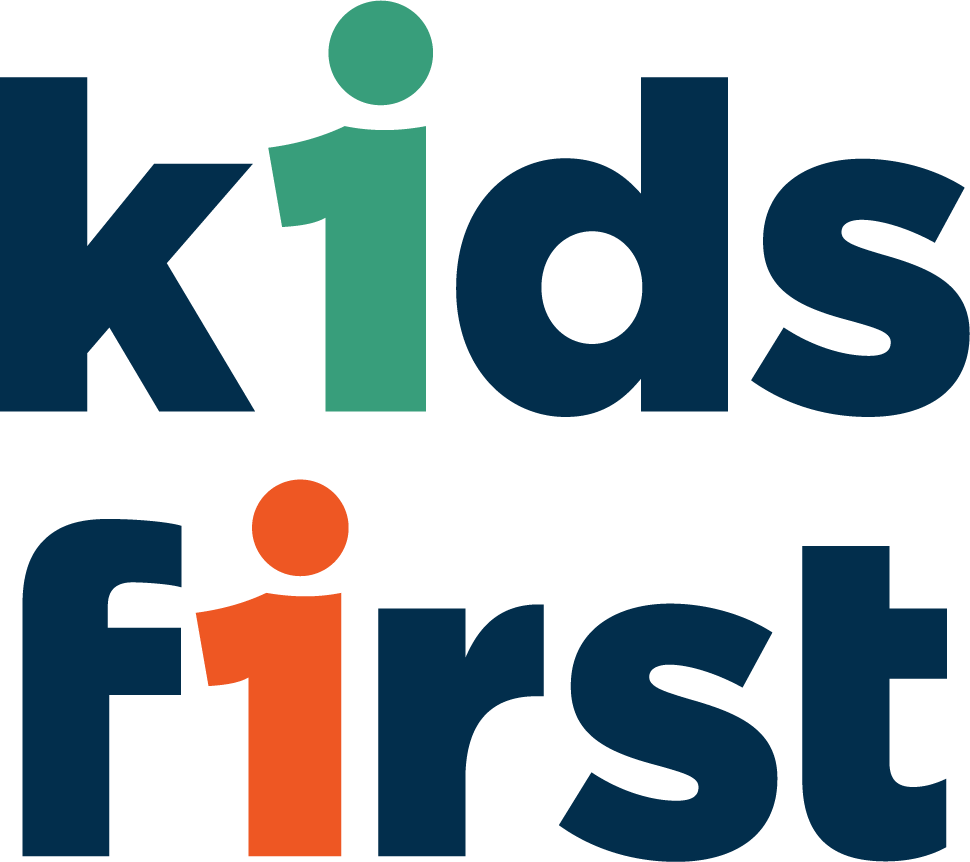Navigating Emergency Foster Care: A Guide to Making a Difference
Emergency foster care is a crucial but often overlooked aspect of the foster care system, filled with unique challenges and opportunities to make a meaningful impact. Let's explore some common hurdles and effective solutions to ensure that every child in need receives the care and support they deserve.
Emergency Foster Care: Urgent Need, Limited Resources
One of the most pressing issues in emergency foster care is the urgent need for placements coupled with limited resources. When children are removed from their homes due to abuse, neglect, or other emergencies, there may not always be enough foster families available to provide immediate care. This can lead to children being placed in temporary shelters or group homes, which may not offer the same level of stability and support as a traditional foster home.
Recruiting and Supporting Emergency Foster Families
To address this challenge, it's essential to recruit and support emergency foster families who are willing to provide temporary care on short notice. These families play a vital role in ensuring children have a safe and nurturing environment to turn to in times of crisis. By offering specialized training, ongoing support, and access to resources, we can empower emergency foster families to effectively meet the needs of children in their care.
When becoming an emergency foster family, get started by:
Researching Requirements: Research the requirements for becoming an emergency foster family in your area, including any training and licensing processes.
Reaching Out to Agencies: Contact local foster care agencies or organizations like Kids First to express your interest in providing emergency foster care. They can provide guidance and support throughout the process.
Attending Training: Attend specialized training sessions for emergency foster families to learn essential skills and techniques for supporting children in crisis.
Preparing Your Home: Prepare your home to accommodate children on short notice, including having the necessary supplies and creating a welcoming environment.
Staying Connected: Stay connected with your support network, including other foster families and agency staff, for guidance and assistance as needed.
Emergency Foster Care: Trauma and Emotional Distress
Another significant challenge in emergency foster care is addressing the trauma and emotional distress experienced by children who have been removed from their homes. These children may be dealing with feelings of fear, confusion, and loss, making it essential to provide them with the support and resources they need to heal and thrive.
Providing Trauma-Informed Care and Using Support Services
To address this challenge, it's crucial to implement trauma-informed care practices and provide access to support services for children in emergency foster care. This includes offering counseling, therapy, and other therapeutic interventions to help children process their experiences and build resilience.
As an emergency foster family, here are some actionable steps you can take to provide trauma-informed care:
Create a Safe Space: Create a safe and nurturing environment where children feel comfortable expressing their thoughts and feelings.
Listen and Validate: Listen actively to children's concerns and validate their emotions, letting them know their feelings are valid and understandable.
Provide Stability: Establish routines and rituals to provide stability and predictability in children's lives, helping them feel more secure.
Seek Professional Support: Seek out professional support services, such as counseling or therapy, for children who may benefit from additional support in processing their experiences.
Educate Yourself: Educate yourself about trauma and its effects on children so you can better understand and respond to their needs.
Emergency Foster Care: Lack of Awareness and Support
Despite the critical role emergency foster care plays in the foster care system, there is often a lack of awareness and support for this important aspect of caregiving. Many people may not fully understand the challenges emergency foster families face or how they can help support them in their efforts.
Raising Awareness and Building Community Support
To address this challenge, it's essential to raise awareness about the importance of emergency foster care and build support within the community. By educating the public about the needs of children in crisis and the role of emergency foster families, we can rally support and resources to ensure that every child receives the care and support they need.
Here are some actionable steps you can take to raise awareness about emergency foster care:
Advocate for Policy Change: Advocate for policy changes at the local or state level to improve support for emergency foster families and children in crisis.
Use Social Media: Use social media platforms to share resources, stories, and information about emergency foster care, reaching a wider audience and sparking meaningful conversations.
Share Your Story: Share your experiences as an emergency foster family with friends, family, and community members to raise awareness about the need for more support.
Host Information Sessions: Host information sessions or workshops to educate others about the importance of emergency foster care and how they can get involved.
Volunteer: Volunteer with local foster care organizations or agencies to support their efforts in recruiting and supporting emergency foster families.
For some children, emergency foster care becomes the first step toward a permanent home. If you're considering providing long-term stability and want to adopt a child in Dallas, Fort Worth, or Denton, learn more about our foster-to-adopt and adoption services.
We can make a difference, one child at a time. Emergency foster care is a vital component of the foster care system, providing children in crisis with the safety and support they need during challenging times. By recruiting and supporting emergency foster families, providing trauma-informed care, and raising awareness within the community, we can ensure that every child receives the care and support they deserve. Let's make a difference, one child at a time, and become a champion for children in crisis.

